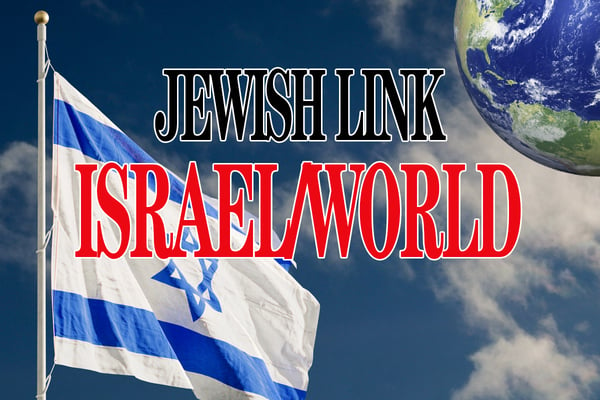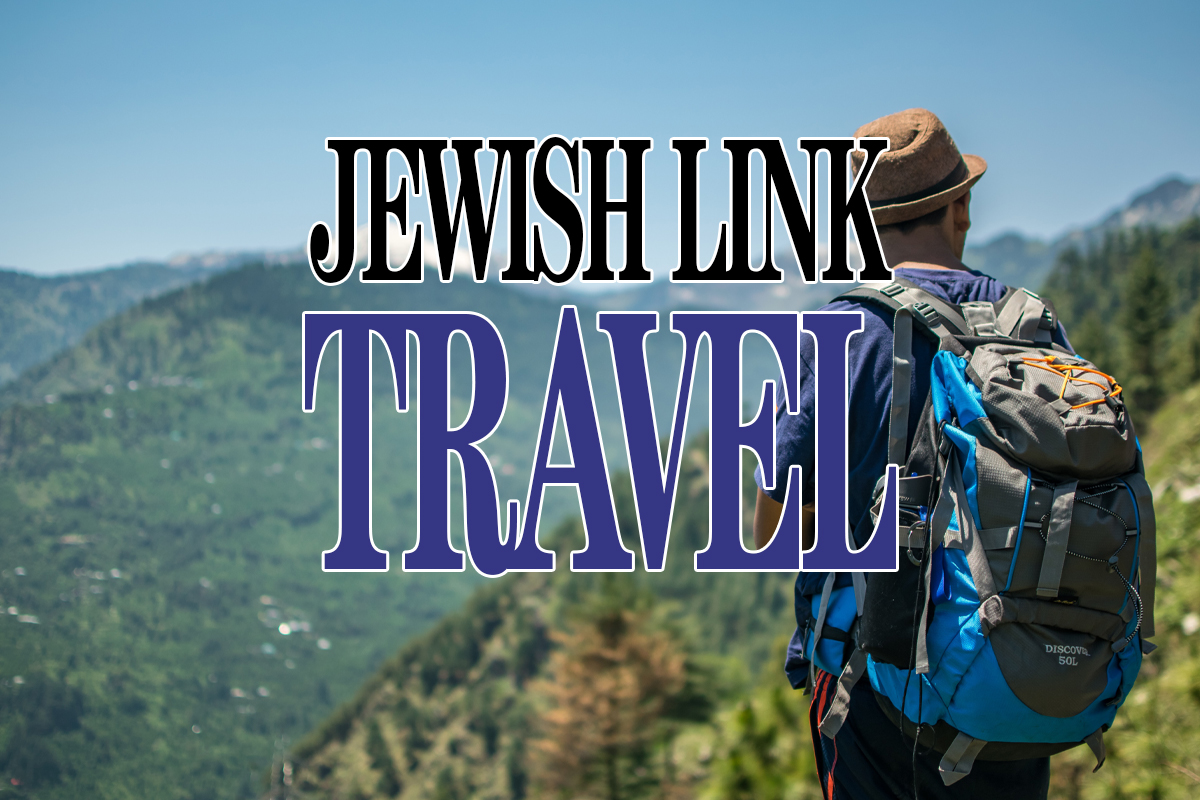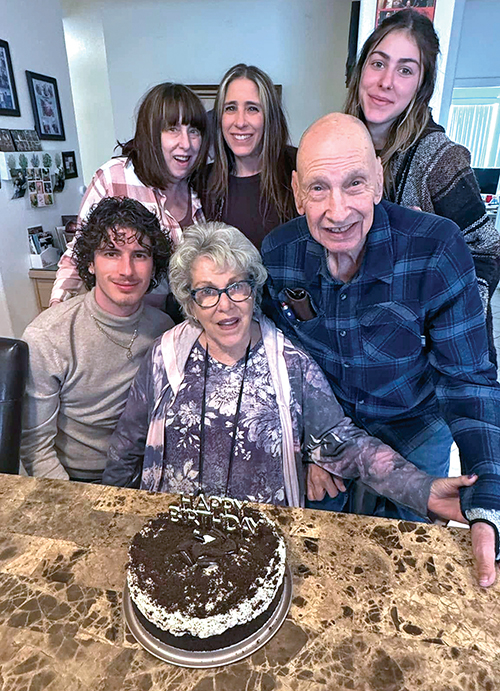
On January 29, 2025, I opened my Facebook page and smiled at pictures of a birthday celebration. My second cousin once removed is shown sitting surrounded by her family on her 81st birthday at her lovely home in Nevada—may she live and be well. While we have yet to meet, there is still a glimmer of hope that we will. Seeing the pictures brought a sense of closure to a century-old family mystery that took me 35 years to unravel.
In a videotaped interview with my father recorded in the 1990s, he recounted a memorable family event 70 years earlier. While living in Newark, New Jersey in the early 1920s my father was with his parents at Newark Penn Station for a festive send-off of Joe Klein. Although he thought Joe was “some kind of relative,” he could not pinpoint their relationship.
That must have been quite the family outing for my father to mention it. My grandfather came to the United States from Ukraine in 1911; my grandmother followed in 1912 with my uncle, born in 1909, and my father, born in 1911.
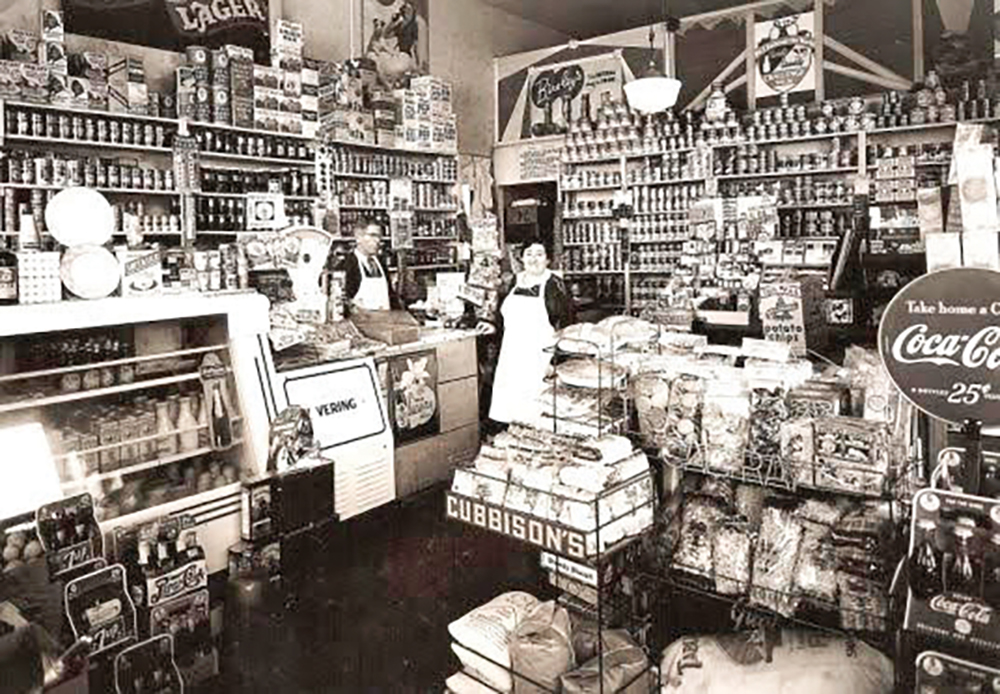
My immigrant grandparents, riding with five of their six children born by that time, must have been a sight on their horse-drawn wagon. The scene of them dressed up for the excursion as they traveled to the Newark train depot brims with nostalgia.
It took decades of research and a wad of letters my aunt saved from relatives abroad to uncover the mystery man’s connection. For years, the name Joe Klein had me wondering and hopeless about finding any family connection. The revelation came many moons after his warm send-off when I discovered he was married to my father’s much older first cousin, Sheindl.
After my aunt passed away in 1993, my cousin Harry Langsam translated the letters for me. Harry was married to Anna, a first cousin of Sheindl and my father. Anna’s mother, Fruma, was the youngest sister of my grandfather Nachman (Nathan) and Sheindl’s mother, Gitl.
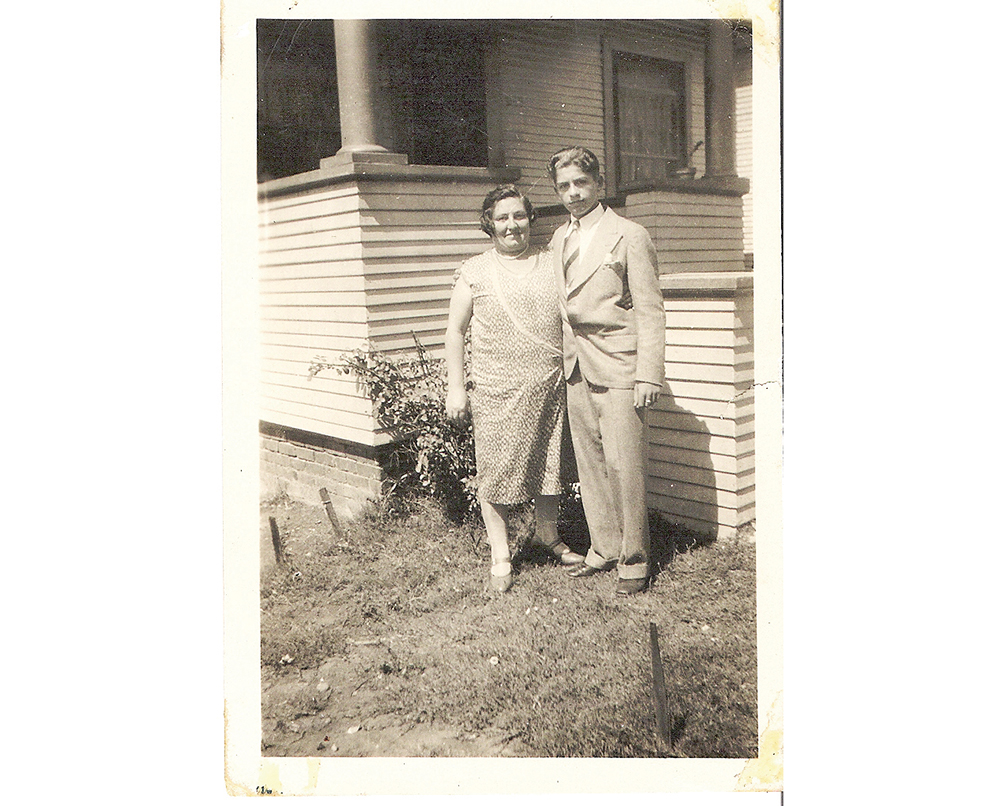
From their generation, only my grandfather and his brother Yellik (Louis) immigrated in the first part of the 20th century. Fruma, Gitl, their sister Eida, and their brother Shmuel never made it to America. They all, however, had descendants who did immigrate eventually. Not only do I have letters from members of each branch of my grandfather’s family, but I have succeeded in finding and meeting cousins from all but their sister Rosie’s family.
A couple of letters in the stack, written by Joe and his wife, were sent from their new home in southern California. Harry, who was also unaware of the exact relationship between Joe Klein and our family, informed me that my father was correct, and Joe was, in fact, “some kind of relative.”
After posting Joe’s name and the Los Angeles address at which he and his wife, Sheindl—then known as Jennie—lived in 1923 and 1924, I successfully tracked down my cousin’s death records. That took the help of an unknown fellow researcher in a Facebook group.
The discovery happened during the COVID pandemic shutdown while I revisited those fading letters and spending concentrated time trying to find any “lost” relatives. A stumbling block was that no Jennies were listed in her branch of the family tree.
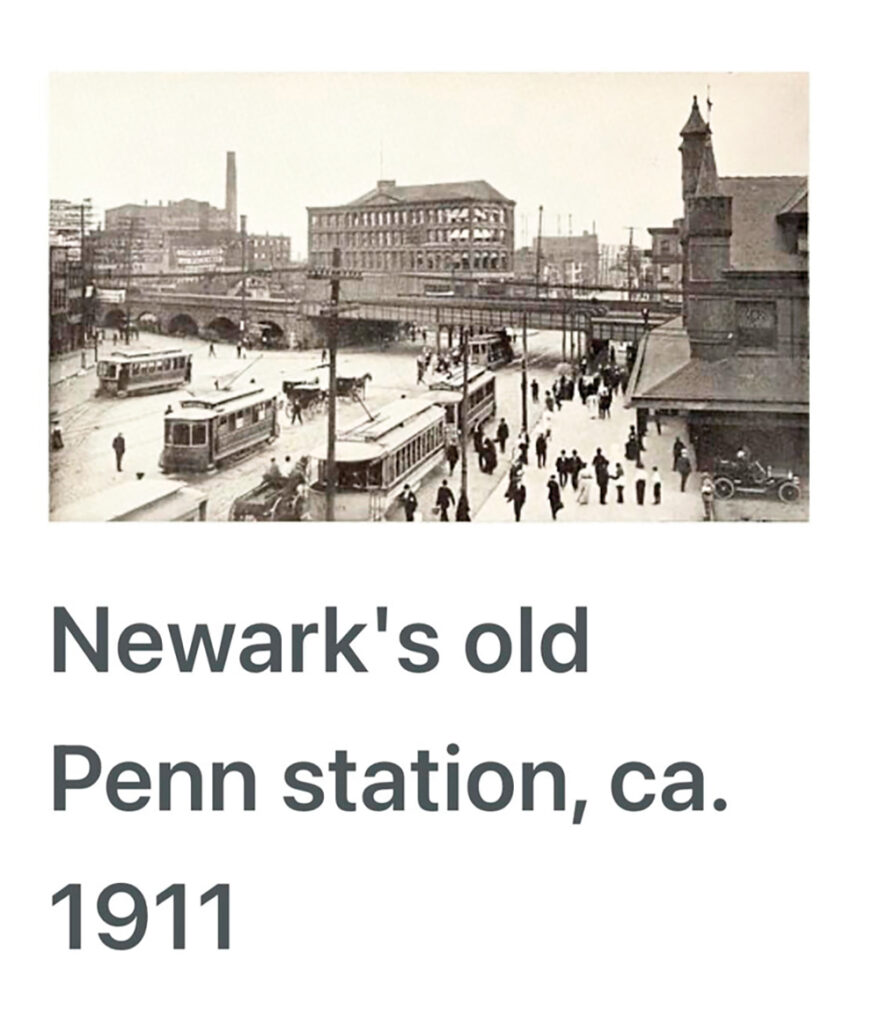
The breakthrough was realizing that others in the extended family adopted Americanized names. More than one relative changed their given name from Sheindl to Jennie. With that knowledge, a light bulb went off and the pieces of the puzzle fell into place, propelling me to reach out to the descendants of Jennie and Joe.
To begin, an internet search led to finding the names of the Klein family descendants. Then, Googling the names resulted in uncovering the birthday girl’s nuclear family. Studying their Facebook postings firmed up the connections. My first “conversation” with her younger daughter, my second cousin twice removed, occurred late one night via Facebook Messenger.
Admitting that family history did not interest her, she was nonetheless intrigued, and we communicated for hours before she suggested that I contact her older sister. Striking while the iron was hot, I did just that, and the much sought-after information began to flow. Pictures followed as well. Unfortunately, their mother never responded to my calls.
My aunt warned me that the old letters were heartwrenching. Although she read them with my father’s help since they were mainly written in Yiddish, she never wanted others to be haunted, and refused to translate them for me.
While her reluctance was understandable, those letters were the key to finding my large extended family. They also tell the sad story of life for Jews living in the Pale.
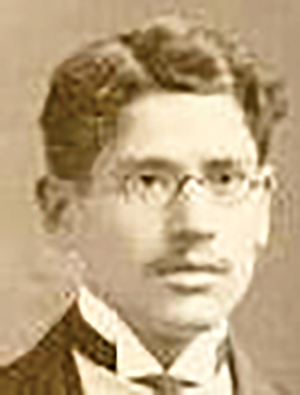
The letter from Joe’s wife pleads for money from her uncles in America, my grandfather in Newark, and his brother who settled in Philadelphia. She was reaching out, in an attempt to fulfill her mother’s wishes to help her send more of her children to America.
The fate of Gitl’s family in Ukraine was horrible. The loss of connection with her relatives in America is a shame. Undoubtedly, my ancestors would be happy to know that I kept the letters, had them translated, and was able to find most of our relatives.
From the family of six children, we now know that Sheindl escaped the horrors of the homeland, one of her sisters died in the shtetl before 1941, and another survived there until 1970. I have met descendants of those two sisters, who were more recent immigrants to America, spoke with accents, and were not fully Americanized. Two other sisters and one brother are presumed to have been killed in 1941 in Chudnov.
Harry, who arduously translated the now-antique letters, may have crossed paths with Joe Klein in his California neighborhood, as Anna and Harry also settled in Los Angeles. Possibly, Harry shopped at Joe’s grocery store, or, while it was after his wife passed away, Joe may have conducted business in the bank where Harry worked.
It was in the late 1950s that Anna and Harry arrived in Los Angeles, after each had stopped to visit us at my family’s apartment in Roselle, New Jersey when they reached America’s shores. After surviving the Shoah and moving from country to country, Harry arrived in the States first, followed months later by Anna and their two daughters.
Their eldest daughter was born in a displaced person’s camp in Germany. The younger one was born during the eight years they made Israel their home.
Anna and Harry’s great-granddaughter Sherrie recently celebrated becoming a bat mitzvah. Sherrie is my second cousin twice removed, but our bond is strong. Anna’s family and ours always traveled to great lengths to support each other, often flying from coast to coast to dance at a family simcha. Keeping the tradition, we were in San Diego to represent the East Coast side of the family at this simcha.
Sheindl (Jennie) and Joe Klein had three children born in Newark, New Jersey in 1911, 1913, and 1917. My father and his siblings, who were similar in age, played with those cousins before the Kleins relocated to Los Angeles in the early 1920s.
One hundred years later, a mystery was solved. Social media helped me achieve a sense of wholeness, by learning about Joe Klein’s life and legacy. Now, hope remains alive that our newly found family will stay connected and tell the story of Joe Klein throughout future generations. When it comes to family connections, some say, “C’est la vie,” but I say, “Azoy geyt es.”
Sharon Mark Cohen, MPA, believes everyone deserves a legacy. Follow her at sharonmarkcohen.com.


